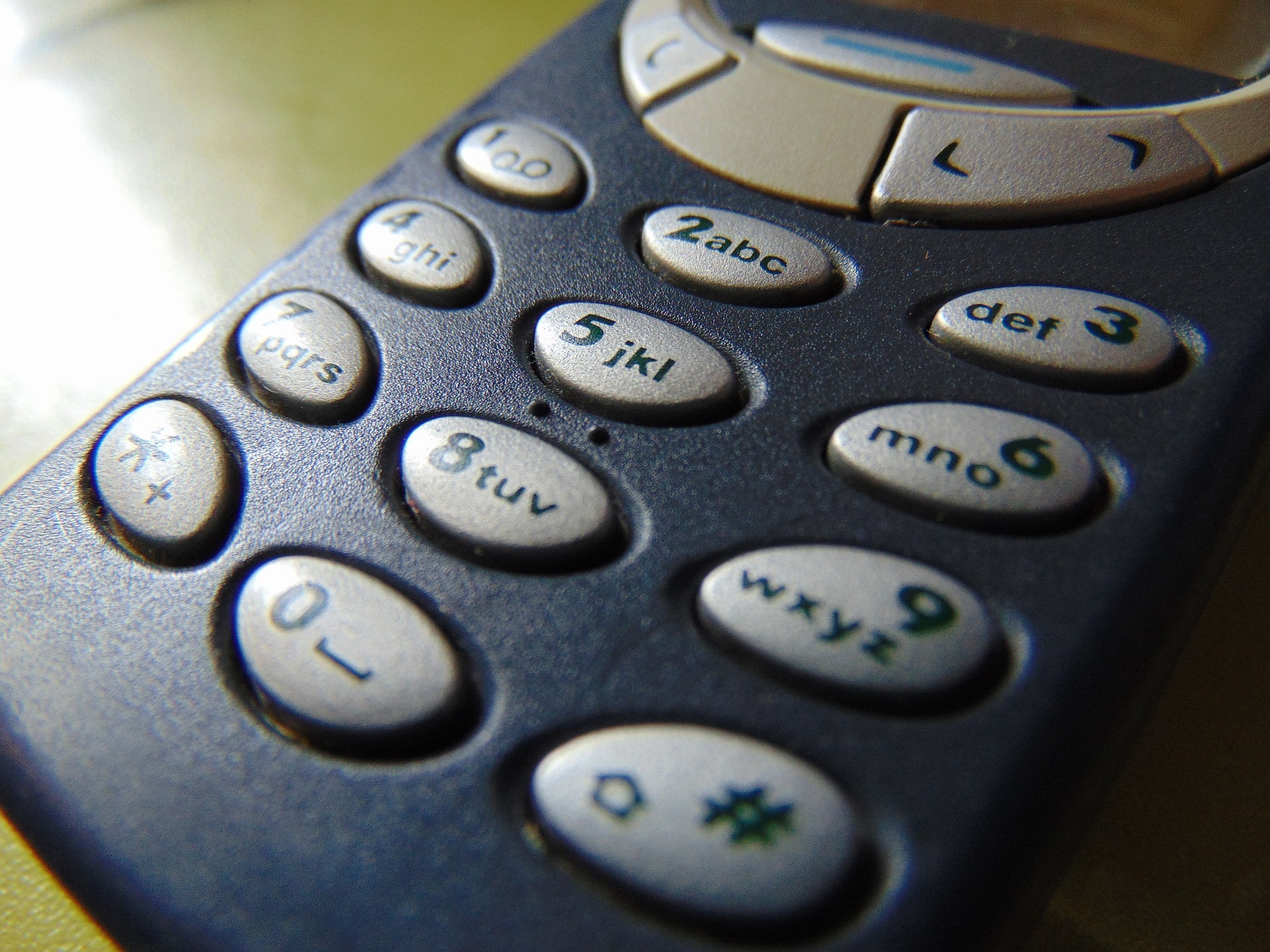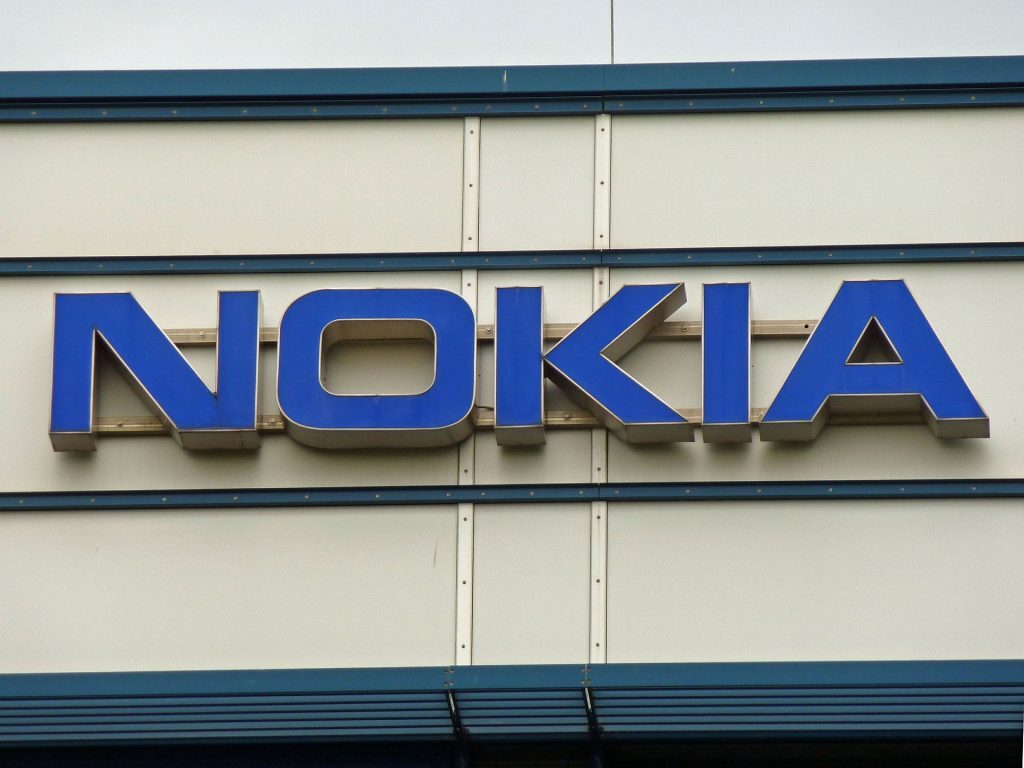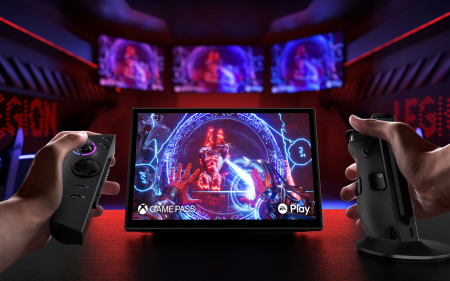In 2004 at a Nokia event in Helsinki a nerdy engineer showed off a fancy new concept that he hoped would be a big hit. Calling it an “automatic multimedia diary” it was a way to upload pictures, thoughts and other titbits from a mobile phone to an online site. Using the then popular concept of blogging, he called it a Lifeblog.
“Lifeblog is a PC and mobile phone software combination that effortlessly keeps a multimedia diary of the items you collect with your mobile phone,” Nokia’s Christian Lindholm told me at the time.
“Lifeblog automatically organises your photos, videos, text messages and multimedia into a beautiful chronology you can easily browse, search and save. The phone part of Lifeblog automatically keeps track of your photos, videos, and messages so you don’t have to have to,” he said.
Sound familiar? It was an early version of the social media mania we now know as Instagram and SnapChat. But it is probably more akin to Posterous and Tumblr, two of the great pioneers for uploading a ” multimedia diary”.
Last week I was in Helsinki to speak at a conference which reminded me of my earlier visit. So much has changed in the last 15 years. Nokia was once the mightiest of mobile manufacturers, making two out of three phones sold every year in those heady days of the early 2000s.
Back then a cellphone was a simple 2G handset that used the alphanumeric keypad as its interface. Calls and text messages had been the mainstay of mobile communications for most of the 1990s, until rudimentary smartphones began appearing.
The Nokia N95 was the device I recall most of those years. It was superb, took decent photos, and was really good with music. It had a sliding face that revealed the keypad at the bottom side and music control buttons (play/pause, skip back or forward) at the top end. Its successor, the N96, was a dog. People who loved the N95 hated the N96. It was one of the signs that the end was beginning for the cellphone giant which lost 90% of its market share from 2007 to 2012.
Nokia ultimately realised it has lost its way and called in an outsider to run the company. CEO Stephen Elop was not only not Finnish, but came from a long-time foe, Microsoft.
 But in 2011, he realised Nokia was like a man “standing upon a burning platform,” and had to make a difficult choice of continuing with its own operating system in the face of “intense heat coming from our competitors” Apple and Google’s Android or take a leap of faith.
But in 2011, he realised Nokia was like a man “standing upon a burning platform,” and had to make a difficult choice of continuing with its own operating system in the face of “intense heat coming from our competitors” Apple and Google’s Android or take a leap of faith.
He did the unthinkable and ditched Nokia’s own software efforts. To differentiate it from all the other Android phone manufacturers, he made a bold – and ultimately fateful – call to go with the third operating system, Microsoft’s Windows Phone.
Within a two years, Nokia had succumbed to the competition and an even more unthinkable thing happened: It was bought for $7.2bn in 2013 by Microsoft, whose own mobile ambitions had floundered. Microsoft CEO Steve Ballmer called it a “bold step into the future” for both companies. It was a disaster. Two years after that Microsoft laid off 7,800 employees and wrote off $7.6bn.
The effect on Finland – to which Nokia contributed one quarter of the Nordic company’s growth from 1998 to 2007 and a fifth of its exports – was devastating. It was more than just the death of an iconic, industry leading company, it shattered the national identity. For many years, it had made Finland a leader in the mobile world. It led the early 2G mobile revolution. Even with these rudimentary phones you could buy things or pay for parking by sending an SMS. It was mobile commerce in full swing just as e-commerce was gaining its own traction.
Nokia was incredibly innovative in its time but missed the smartphone revolution. But it produced some remarkable innovations along the way. In the decade to 2007, Nokia’s research and development alone accounted for 30% of the country’s total RnD budget.
In 2013 it produced a 41-megapixel camera phone, the Lumia 1020 using a combination of software and lenses it called Pureview, that it showed off at a glitzy New York launch.
Before that Nokia had understood how important location-based services would become and invested heavily in mapping technology. Its Here maps division was bought by a consortium of the major car manufacturers.
Earlier this month at the Nordic IoT Week in Helsinki I met numerous former Nokia employees who have started their own successful tech and software businesses. It created a secondary wave of entrepreneurs and innovators.
And, as Lindholm’s Lifeblog showed, Nokia understood social media. But like so many other great ideas it had, it just couldn’t focus on the key ones and couldn’t execute on them.
When Microsoft shut down its handset division a bunch of Nokia executives reclaimed the name and restarted making phones as HMD Global. They offer a plain “vanilla” version of Android in their characteristically beautifully crafted handsets. The most recent phone is the Nokia 9 PureView, which has five high-megapixel cameras and takes exquisite photographs.
The old Nokia is no more. Long live the new Nokia.
This article first appeared in Financial Mail




